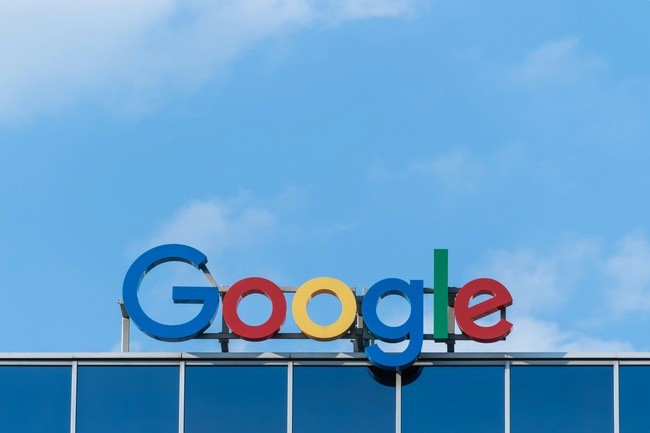
Google recently took a big step toward handing its users more control over the security operations of their respective accounts in this era, where security breaches are still widespread. The redesign of Google's two-step verification (2SV) setup procedure gives users more comfort and more assurance when looking through the difficulties of online account securities.
Simplifying the Process of Setup
The days of needing to complete tiresome procedures, including confirming their phone number, in order to strengthen their accounts with extra protection are far behind them. With the most recent version of Google, this needless obstacle has been removed, enabling users to begin configuring second-step solutions immediately, such as hardware security keys or Google Authenticator. Users feel more liberated as a result of this smooth shift, which saves time and gives them more control over their security options.
Now that phone number verification is no longer required, users can choose more reliable authentication methods from the start. Users can adopt more secure options like authenticator applications or physical security keys by eschewing the usage of SMS verification codes, which are prone to interception and manipulation. This move from antiquated procedures to a more flexible and user-centric strategy marks a turning point in the development of account security.
Expanding Security Options
Expanding security options is essential to Google's goal of improving user security, especially with regard to hardware security keys. There are two easy options that users can choose from when it comes to connecting a hardware security key to their accounts: saving a Passkey or registering a FIDO1 credential. By allowing users to actively shape their security posture, these solutions not only provide increased security but also inspire a sense of responsibility.
The introduction of Passkeys creates new opportunities for simplified authentication processes for users of Workspace accounts. Although some organizational settings still require password authentication, the ability to accept password-less logins represents a significant advancement in user convenience and security.
This combination of security and ease of use perfectly captures Google's dedication to providing reliable authentication experiences without sacrificing robustness.
Preserving Security Measures
Furthermore, Google's redesign of the 2SV setup procedure puts the maintenance of current security protocols first rather than just streamlining the authentication process. Previously, disabling 2SV would cause all secondary factors to be automatically removed, leaving users open to possible security flaws. But thanks to the most recent upgrade, these extra security layers are still in place even after 2SV is off, guaranteeing resilience and continuity against ever-changing threats.
These improvements represent a significant turn in the direction of user-centric security procedures, and they help both Google Workspace customers and individual users.
Google contributes to a safer and more empowered digital environment by giving users more control and using more flexible authentication techniques. Google's resolute dedication to prioritizing user safety and resilience in the face of evolving cyber threats is reflected in this deliberate effort to enhance security measures, which will ultimately create a more empowered and secure digital environment for everyone.
© Copyright 2025 Mobile & Apps, All rights reserved. Do not reproduce without permission.
















